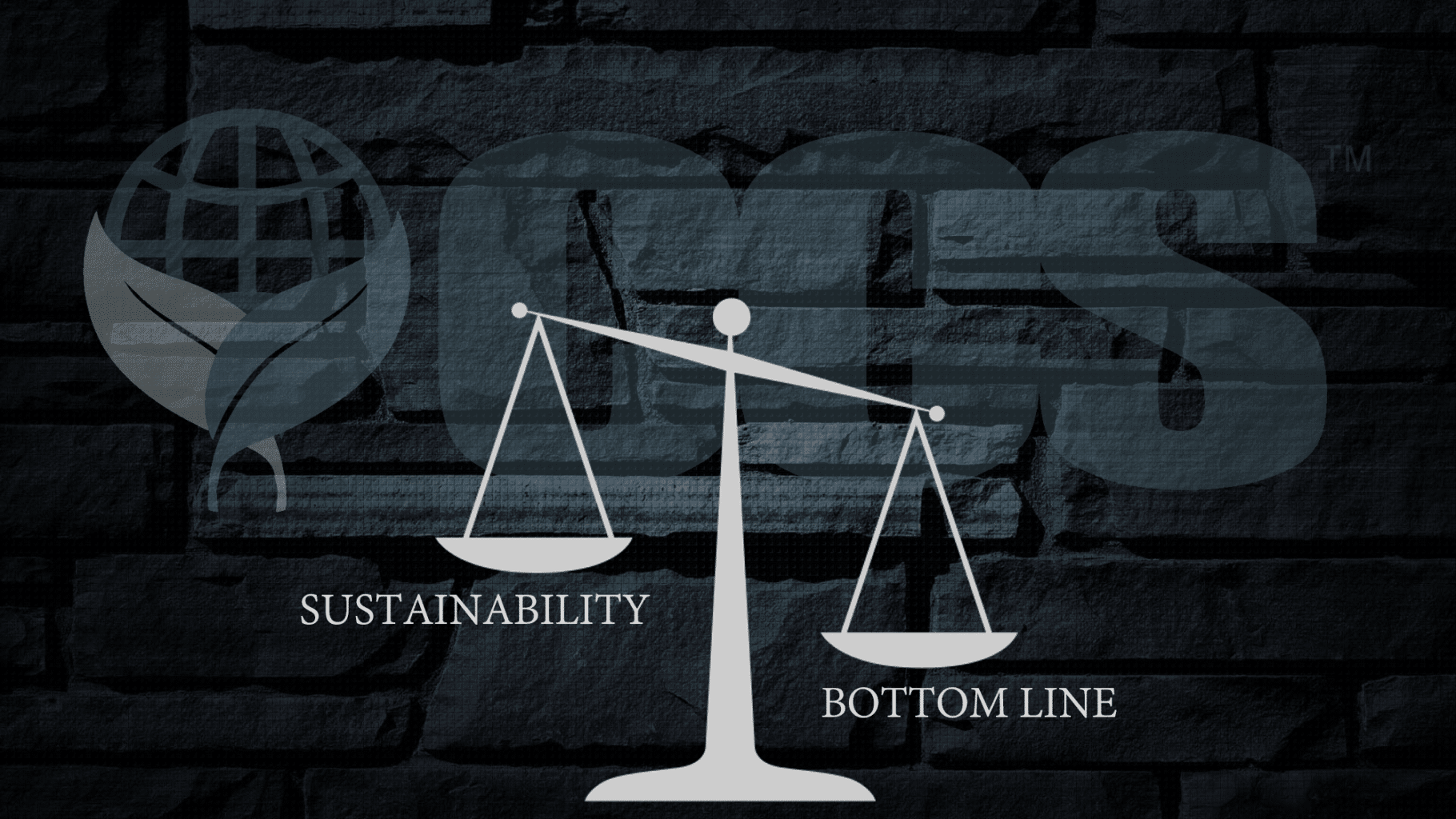The “S” Word & Its Impact on Sales
While the use and interpretation of the term can be broad, one thing is certain— sustainability sells. Because consumers, employees, investors and more often associate the term with “do no harm”, products and companies proclaiming the sustainability moniker garner widespread kudos and support. There’s a host of product claims that align with the sustainability platform—everything from “organic” and “all-natural” to “fair trade”—and a growing mix of products in the arena.
In a study focused on the impact of sustainability on specific products, including chocolate, coffee and bath products, Nielsen noted: For all three categories, dollar sales of items with the specific claims studied grew twice as fast as the weighted average dollar growth of the three categories combined.1 In other words, products with certain sustainability attributes outperformed the growth rate of total products in their respective categories despite challenges that might have predicted otherwise, like a relatively smaller market share. As the Nielsen study further indicates, the essence of the sustainability claim makes a tremendous difference to consumers, and by extension consumer spending and product sales. In the examining chocolate, for example, environmental claims far outweighed other sustainability claims of “absence of artificial ingredients” (the all-natural proclamation) as well as a promise of “fair trade.”
Sustainability: Roots Run Deep
Understanding the roots (literally) of sustainability and where efforts have been focused helps all of us, businesses and consumers alike, embrace it more fully. The most often used definition of sustainability—meeting the needs of the present without compromising the well-being of future generations—was circulated in the United Nation’s 1987 Report of the World Commission on Environment and Development: Our Common Future. But the term goes back much further—dating back to 18th century German forestry and efforts to maintain a balance between cutting trees and the cycle of tree growth, or a continuous, steady and sustained use. Historically, sustainability and the thinking around it has been tied to the environment and natural resources. As the world’s population grows, more resources are needed; simply moving West or to uncharted territories is no longer an option. While technology solutions have helped us better utilize resources, reliance on tech-solutions alone is not the answer.
Today our global population is at 7.6 billion, with no signs of slowing down. While technology advances in areas of fuel, for example, have provided “windfalls” based on population growth, those advances eventually run out. In fact, Hubbert’s peak about oil production says that we should be on the down slope already. While natural resources, from fuel to water, may feel abundant and infinite, the truth is there is a limit. At the same time, in order get to energy dense resources we have to unearth them; in some cases it would involve literally moving mountains. These efforts, of course, have cascading consequences with long-term impact to air, water and more. And, of course, the impact is felt worldwide, not just locally. Unintentional leaks from nuclear waste storage facilities, as well as releases post natural disasters such as in the case of Fukashima negatively affect our fisheries which are a major source of food for many parts of the world. Using chemicals to control insects creates chemical resistant insects thru natural selection, necessitating higher dose of chemical to stay ahead of the problem. It also depletes the naturally occurring microbes and bacteria in the soil necessary to grow those same plants, which requires chemically based fertilizers to fill that void. Assuming we discover/find/invent a magical next new source of energy to replace fossil fuels and nuclear, our collective track record of doing so without creating unintended, yet lasting consequences has not been very good.
To date, we have been able to grow and stretch the carrying capacity of our planet by discovering windfall in the form of dense energy, and have developed technology to make it last far longer than initially thought possible. We have a growing body of science that is expending which may open new discoveries. We have computing power that is increasing our ability to model and predict outcomes. We have 7.6 billion different points of view that can creatively examine an issue from as many angles.
Sustainability and Business Practices—A Broader Impact
A broader view of sustainability is being fueled by the desire for consumers, investors, employees to align their own personal values with both the products they buy and rely on, as well as the businesses where they work, shop and support. These desires are moving sustainability beyond its eco-roots into our kitchens, living rooms, offices and more.
In this broader context, sustainability efforts center around four core pillars: human, social, economic and environmental impact. When sustainability and these pillars are applied to the commercial cleaning arena, sustainability practices cover much more than the products we use. CCS Facility Services (CCS) views sustainability from a broader, more holistic approach. The most logical and defined area for sustainability in our business, of course, is the fourth pillar—environmental. It’s one of the reasons we pursued coveted Cleaning Industry Management Standard (CIMS) certification. The process for earning CIMS certification exposes every aspect of your organization—your management, operations, performance systems and processes—to careful scrutiny and evaluation. For us, it also helped shine a light on all four pillars of sustainability and take a closer look at how our operations, including hiring, training, talent management and more, could be more sustainable.
By going a step further and applying the definition of sustainability—meeting the needs of the present without compromising the well-being of future generations—within each of the four pillars, our sustainability practices start to become real, not just for our strategy team but for our clients and, importantly, for our employees and their families. Here’s a look:
| Human | Social | Economic | Environmental |
| Do we treat every person with respect?
Do we prepare and provide each individual with the ability to succeed—to perform their job with excellence?
|
Do we support the communities where we work and live?
Do we allow our employees to have a voice in the ways we support others? |
Are we paying a living wage?
Are we providing opportunities based on merit? On loyalty?
|
Are the products and equipment we
use having a detrimental impact on our clients’ workplace, on our employees’ health, on our planet? |
In the commercial cleaning business (and beyond), sustainability is too often is limited or in a silo that touches only the fourth pillar, the green cleaning claims. Are your products as green as they can be? Is the equipment you use at a customer’s workplace up to code? Do you train employees on workplace safety issues to help them avoid (or at minimum, mitigate) workplace accidents? While those are all valid and important cues, the fourth pillar is just the beginning of what it means to practice sustainability. What we’ve discovered is that the big “container” of sustainability can, in fact, have broad and lasting impact when all areas of the organization are brought into the mix. Of course, those efforts may be more challenging to plan and navigate, but we’ve found the outcomes to be greater and more sustaining.





